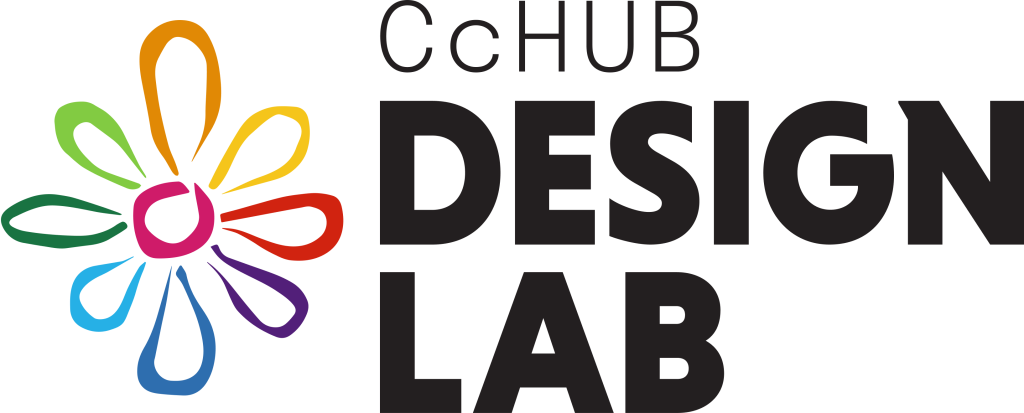“Education liberates the intellect, unlocks the imagination and is fundamental for self-respect”. In 2015, the UN member states agreed to 17 Sustainable Development Goals (SDGs). These global goals aim to create a world of dignity for all and include a goal on education i.e. ensuring inclusive and equitable quality education and promote lifelong learning opportunities for all (SDG 4). In this article we present the progress of the 7 indicators that are relevant for all countries and have sufficient data to allow trends to be estimated and projections of feasible progress to be made (The Technical Cooperation Group)
The education system has faced unprecedented challenges created by school closures due to the COVID-19 pandemic. A global analysis of the potential reach of remote learning policies shed light on how countries have been providing education during schools closures and it is estimated that about 40% of low and lower-middle-income countries have not supported disadvantaged learners (UNESCO).
Table 1: SDG 4 Targets
| target | progress so far towards the SDG 4 targets |
|---|---|
| Target 4.1: PRIMARY AND SECONDARY EDUCATION – COMPLETION | More than 220 million children, adolescents and youth will still be out of school in 2030; Only six in ten young people will be finishing secondary school in 2030; The world will approach the learning target only if progress equals the rate of the best-performing countries |
| Target 4.2: EARLY CHILDHOOD | Access to early childhood education is expanding but low- and middle-income countries have to catch up |
| Target 4.3: TECHNICAL, VOCATIONAL, TERTIARY AND ADULT EDUCATION | Tertiary education systems will keep expanding over the next 10 years |
| Target 4.4: SKILLS FOR WORK | Many more are learning ICT skills in high-income than in middle-income countries |
| Target 4.5: EQUITY | In low-income countries, the richest are nine times as likely as the poorest to complete upper secondary |
| Target 4.6: ADULT LITERACY AND NUMERACY | Literacy rates are growing steadily across the globe but 750 million adults still cannot read |
| Target 4.7: SUSTAINABLE DEVELOPMENT AND GLOBAL CITIZENSHIP | Limited data indicate large gaps in mainstreaming education for sustainable development |
| Target 4.a: EDUCATION FACILITIES AND LEARNING ENVIRONMENTS | Four in ten upper secondary schools in low-income countries have no sanitation |
| Target 4.b: SCHOLARSHIPS | The volume of aid for scholarships has not increased |
| Target 4.c: TEACHERS | The proportion of trained teachers is falling in sub-Saharan Africa |
A joint publication of the UNESCO Institute for Statistics and the Global Education Monitoring shows how far the world is from achieving its education targets (table 1 above). The educational system is in danger with only less than 10 years towards the deadline of the 2030 Agenda for Sustainable Development and the current deadly pandemic.
